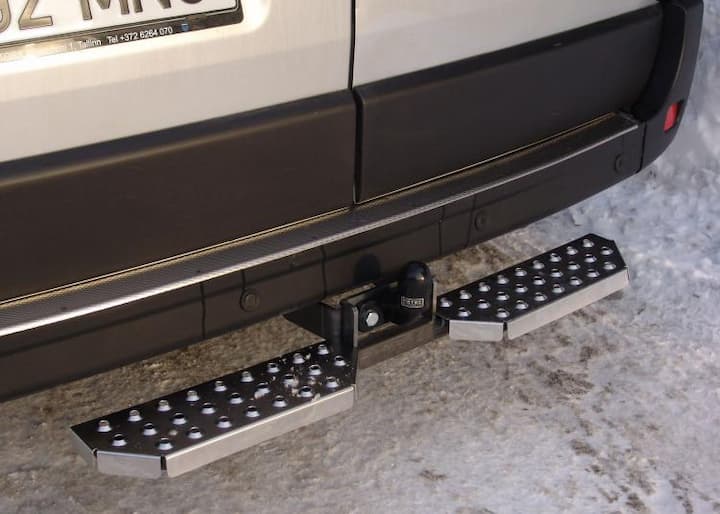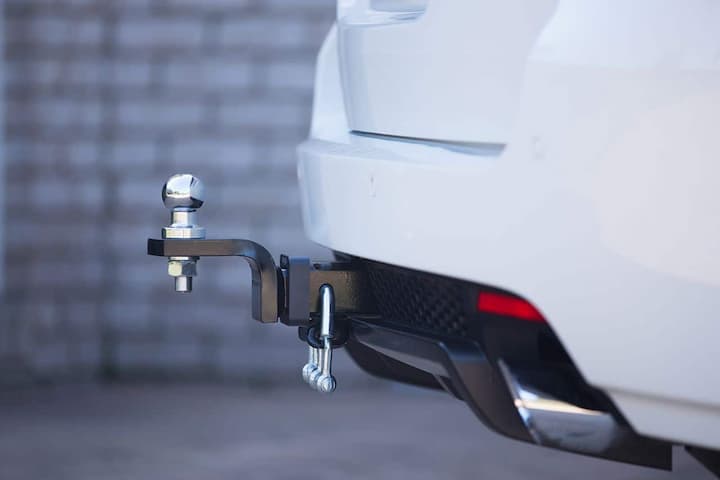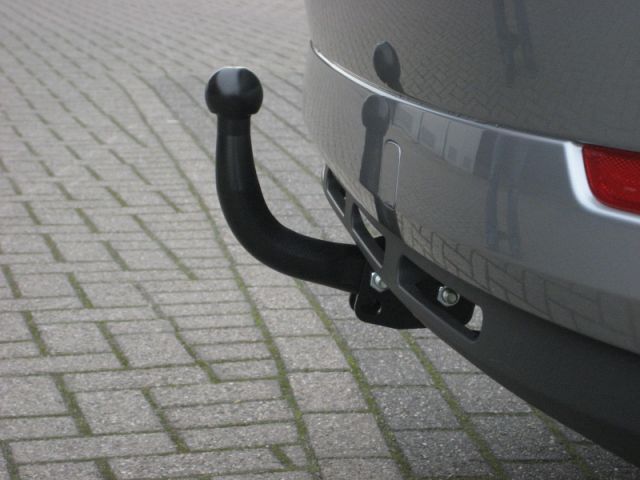Types of Tow Bars: Reasons Why Choosing the Right One is of the Essence
If you’ve bought yourself a new boat or caravan, you’re probably looking at tow bars to safely haul them from point A to point B. As simple as tow bars are, there are quite a few specifications in them you should pay attention to, in order to ensure you get the right one for your vehicle.The reason why this is important is that having the wrong tow bar that’s not capable of handling the weight of the hauled trailer will result in costly damages, or worse, accidents. That being said, tow bars are available in a wide range of shapes, sizes and weights, which can make the buying process somewhat difficult.
The ideal car tow bar for you is one suitable for what you’ll be towing and the type of car you drive. And if you’re like most people, you probably have no clue about what the differences between different tow bars are. And that’s why I’m here. I’ll discuss the most important things you need to know about tow bars, so you can decide on which one is best suited for you. I’ll talk about the different parts that make up tow bars, and what you need to know in regards to safety and regulations.
Types of Tow Bars
Generally, tow bars are categorised into 4 different types:
- Rear step tow bars
- Flat tongue tow bars
- Horizontal hitch tow bars
- Swan neck tow bars
Here’s what you need to know about each type of car tow bar:
Rear Step Tow Bars

These tow bars are reserved for 4WDs. They stick out further from the back of the vehicle than other types of bars, and you can fit a rear step onto them. The reason why they’re only usable on 4WDs is that they’re best suited for towing off-road trailers, which is due to the fact that they provide superior ground clearance. On the downside, rear tow bars are heavy and only manufactured for specific utes and 4WDs.
Flat Tongue Tow Bars

Flat tongue tow bars are designed for lighter vehicles, but they’re only capable of hauling lighter loads. The flat tongue tow bar uses a detachable tow ball that fits into a horizontal slot. The tongue of the tow ball is secured using two large bolts. The bolts are placed t through the top of the hitch.
Horizontal Hitch Tow Bars
Horizontal hitch tow bars are metal structures that attach to your vehicle. They feature two components. The hitch features two parts – a receiver hitch and a trailer hitch. The receiver goes into the trailer hitch and has a surface onto which you can bolt a tow ball. These tow bars are best suited for hauling heavy loads. They feature a square tongue that connects to the trailer hitch. In order to keep the receiver secure, a sturdy metal pin is inserted through the side. These tow bars are compatible with weight distribution hitch, which can be a big plus in some applications.
Swan Neck Tow Bars

These tow bars are generally used in Europe. Swan neck tow bars attach to the towbar permanently, removing the need to connect and disconnect them for each use. They feature an L- or U-shape. In Australia, these tow bars are difficult to find, and you’ll probably have to get one from overseas, which makes them the most expensive option.
Tow Bar Classes
Tow bars are separated into different weight classes. The classes are used to measure the capacity of the bar, and they’re based on the type of tow bar and how it’s mounted to your vehicle. That being said, it’s important to have the right tow bar class based on the load you’ll be hauling and the vehicle you’re driving. Using a tow bar to tow more than its weight rating can damage your vehicle. You also risk the handling and brakes becoming obstructed. Furthermore, you’ll put extra pressure on the engine, causing it to overheat. Eventually, you’ll also wear your brakes down, and your transmission can become faulty. There are three tow bar classes – classes 2, 3 and 4, with each subsequent class representing higher weight carrying capabilities.
- Class 2 tow bars are the lightest of all, and have a load-carrying capacity of up to 1200kg. They’re generally suited for towing small motorcycle trailers or small 6x4metre trailers.
- Class 3 tow bars are made for carrying medium-weight loads of up to 1600kg. They’re typically suited for towing compact vehicles and small boats.
- Class 4 tow bars are the most heavy-duty tow bars, capable of carrying up to 3500kg. When you need to tow heavy, such as a horse float, boat, car trailer or caravan, you should consider a class 4 tow bar.
Australian Tow Standards
Every tow bar in Australia needs to meet specific Australian Standards, namely AS/NZS 4177. In order to do so, the tow bars need to be tested by a NATA-certified laboratory. So even if you plan on getting a tow bar from overseas, you must make sure it’s compliant, otherwise, it won’t be considered road-worthy.
